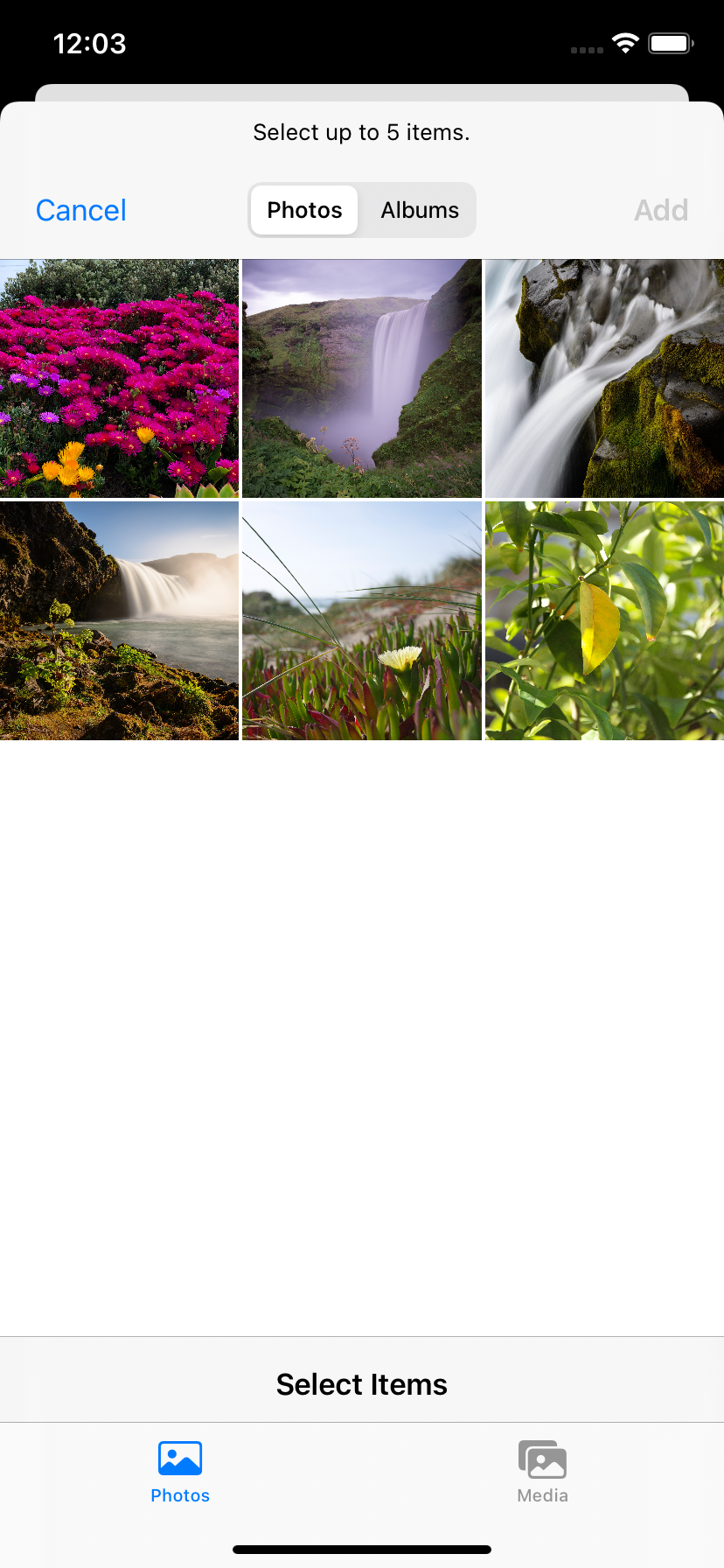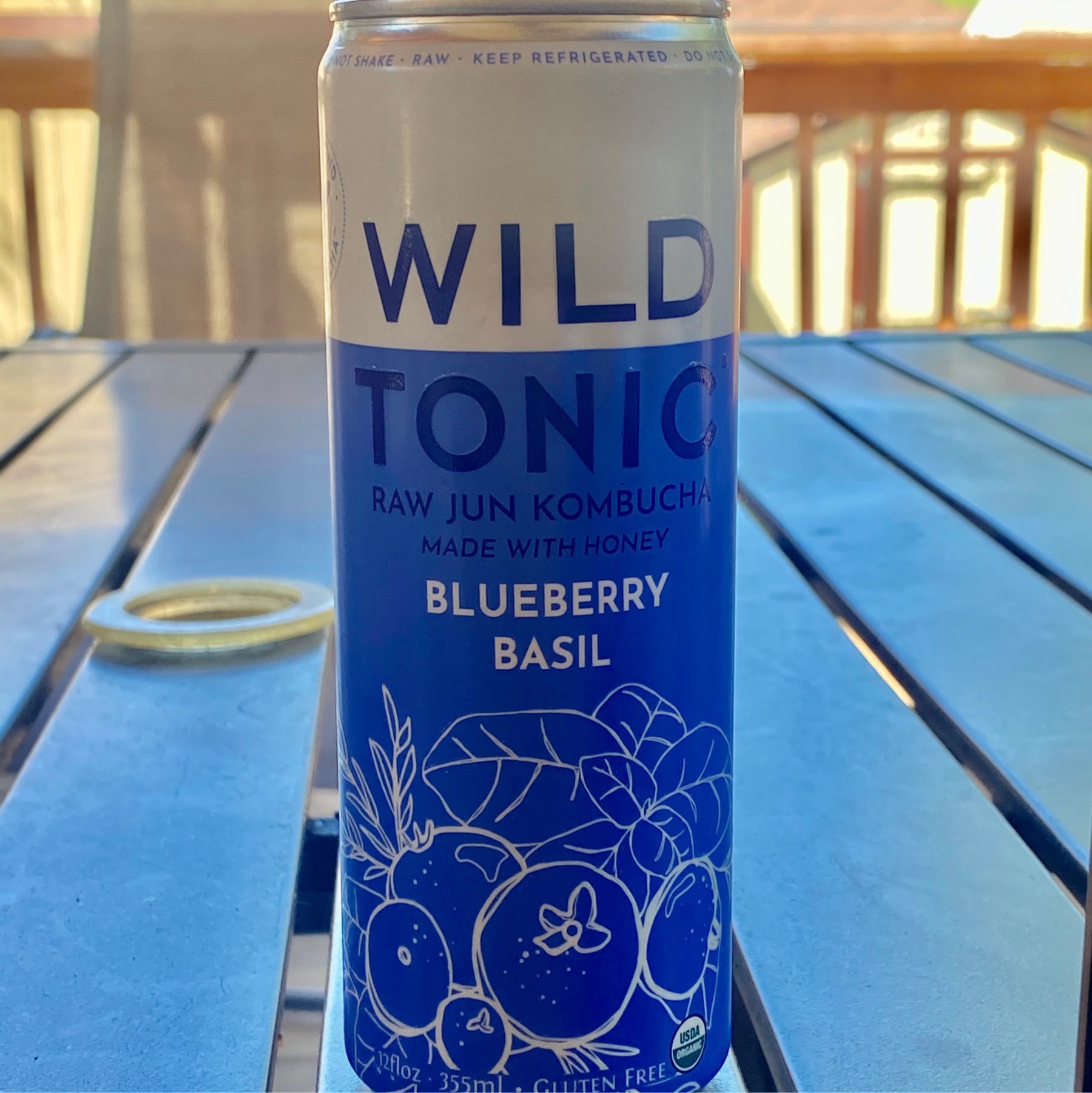Media Diet: March 2020 Week 4
👩🏼🔬 The World’s First Programmable Organism
Xenobots are the first living creatures whose immediate evolution occurred inside a computer and not in the biosphere. The result is a simple organism. Xenobots have no brains; the shape of their bodies is what determines how they behave.
This view that cognition is a binary thing—you either have it, or you don’t—“is, really, when you start digging into it, completely untenable,” says Levin, “and it’s untenable because it neglects evolution. It neglects the fact that every capacity we have came from a more primitive version at some point.” Biology has been making decisions, solving problems, and retaining memories since long before brains arrived on the scene, and many of the capacities of neurons are shared by more humble cells, albeit at a different scale. Cognition, then, isn’t a binary; it’s a long continuum that reaches back into evolutionary history, “all the way from naked chemical networks to cells, to bacteria, organs, and then whole organisms and humans.”
All of this seems to point to a convergence, somewhere on the horizon, between computer science and biology—a time when robots evolve themselves, biologists program life at a cellular level, and formerly ironclad distinctions between life and technology become hopelessly fluid.
Xenobots made from a patient’s own cells could travel through the body to deliver targeted medicines, identify cancer, scrape plaque from arteries, or perform microscopic internal surgeries. Equipped with some extra receptors, Xenobots might seek out and digest toxic waste in the ocean, or identify interesting molecules in environments inaccessible to traditional robots.
Yet another interesting Biotech article with profound implications. I hope our experience with the mRNA COVID vaccines accelerates this kind of research and innovation.
👩🏼⚖️ Misdemeanor Prosecution
Eighty percent of all criminal justice cases, some 13 million cases a year, are misdemeanors.
This study on choosing not to prosecute misdemeanors found that “no prosecution reduces the likelihood of a new misdemeanor complaint by 24 percentage points, and reduces the likelihood of a new felony complaint by 8 percentage points”.
They proposed several reasons for this:
time spent in the criminal justice system may disrupt defendants’ work and family lives.
Criminal records of misdemeanor convictions may decrease defendants’ labor market prospects and increase their likelihoods of future prosecution and criminal record acquisition, conditional on future arrest.
👨🏻💻I Beg to Differ - “The rise of online contrarians on Substack exposes a dysfunctional media ecosystem”
An interesting analysis of the symbiosis of contrarians and tribes and herd behaviors on social media.
With plummeting ad revenues, publications rely on the tribal loyalty of subscribers, so challenges to group dogma carry a cost.
But major publications, building revenue through partisan silos, alienate readers who fall outside the range of opinion they offer, creating a market for dissenting outlets. These conflicting incentives within the attention economy—to conform and to dissent—have driven talent toward the new platform.
When a post, meme, or hashtag trends within an in-group, the result is a version of what the sociologist Émile Durkheim called “collective effervescence.” Such experiences generate affirmation of the collective, and reinforce group belonging. In Elementary Forms of Religious Life (1912), Durkheim argued that such moments of ecstatic cohesion formed the basis of religions and shared identities.
🎨 A great explanation of NFTs from What Does it Mean to Buy a GIF via Daring Fireball
Photographic prints can be reproduced in unlimited quantities, but artists’ signatures cannot. This led to a situation where the market for art split in two, one fork for collectors and one for those only interested in the work as an experience. I would argue that this is good for everyone. Artists gained a way to sell work that would otherwise be reduced to a commodity, collectors gained access to a new and culturally vital art form, and great works of art became available to everyone at very close to the marginal cost of reproduction. […]
When viewed in this light, the nature of NFTs becomes quite clear. An NFT is a mechanism by which an artist can publicly attach their cryptographic signature to a digital work of art. In other words, it is a technology that supports in the context of digital arts the same kinds of signed editions that have existed in fine art photography for most of a century.
🦠 Bill Gates on COVID Variants
All viruses evolve, but not all viruses evolve at the same rate and in the same way. Some, like the flu, change rapidly. Others mutate slowly. Fortunately for us, SARS-CoV-2 is in the latter camp. It mutates about half as fast as the influenza virus. > I know it feels like new variants are popping up all the time right now. That’s because there is so much virus circulating around the world, giving it more opportunities to change. Once case numbers go down, I suspect we’ll see new variants emerge much less often.
🏀 The new Space Jam 2 trailer looks very good!
🎬 Gentle Cinema > Pleasant people doing pleasant things and there’s not much drama and you just kind of feel lovely about the world.



